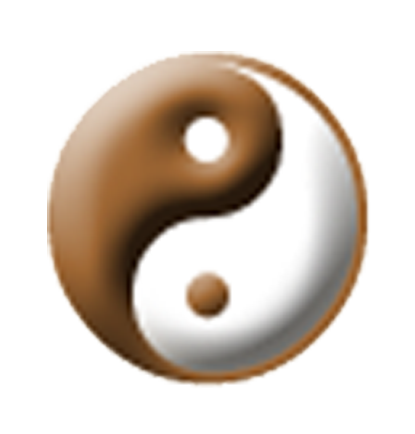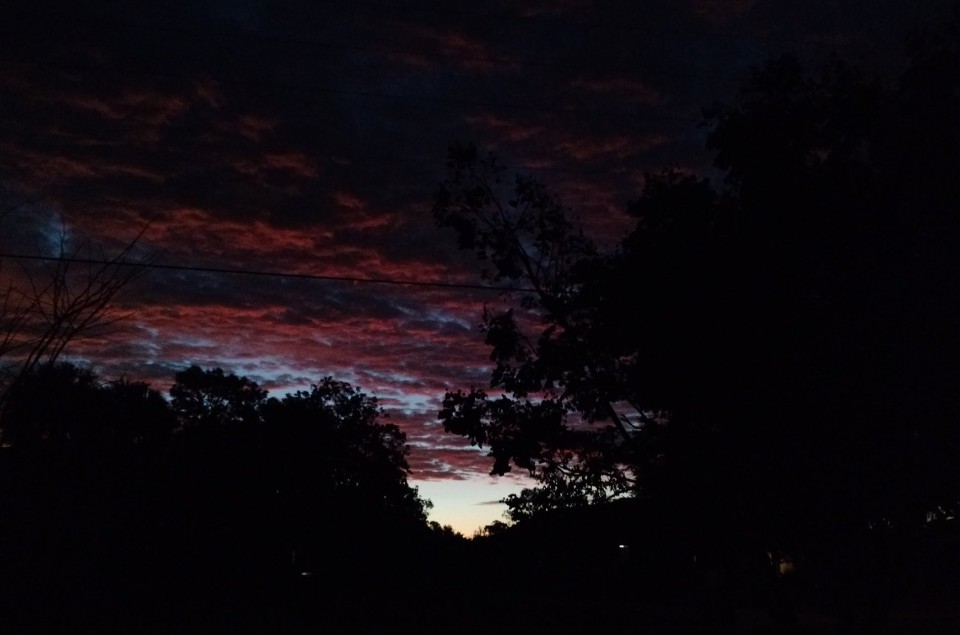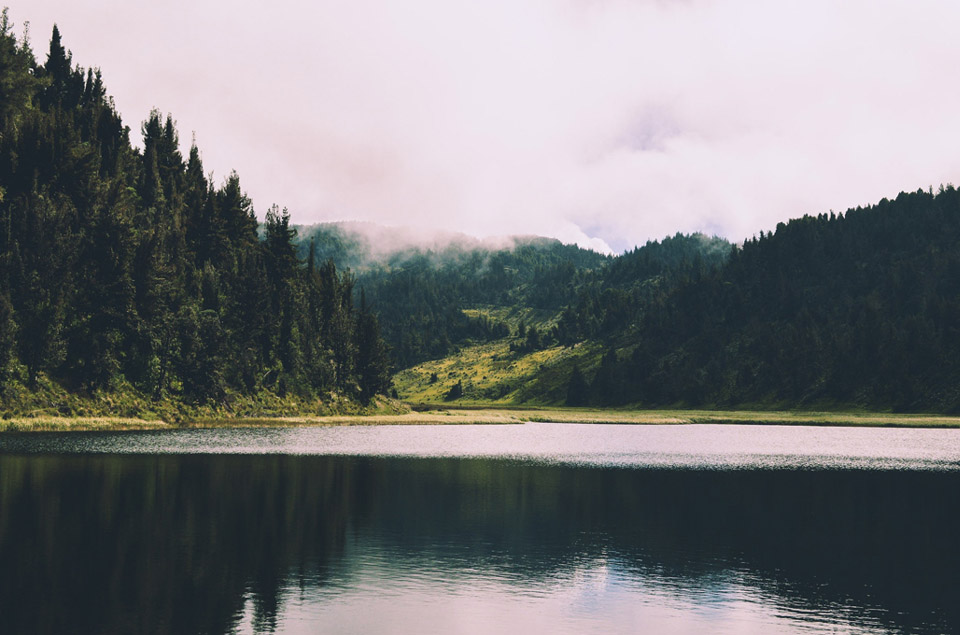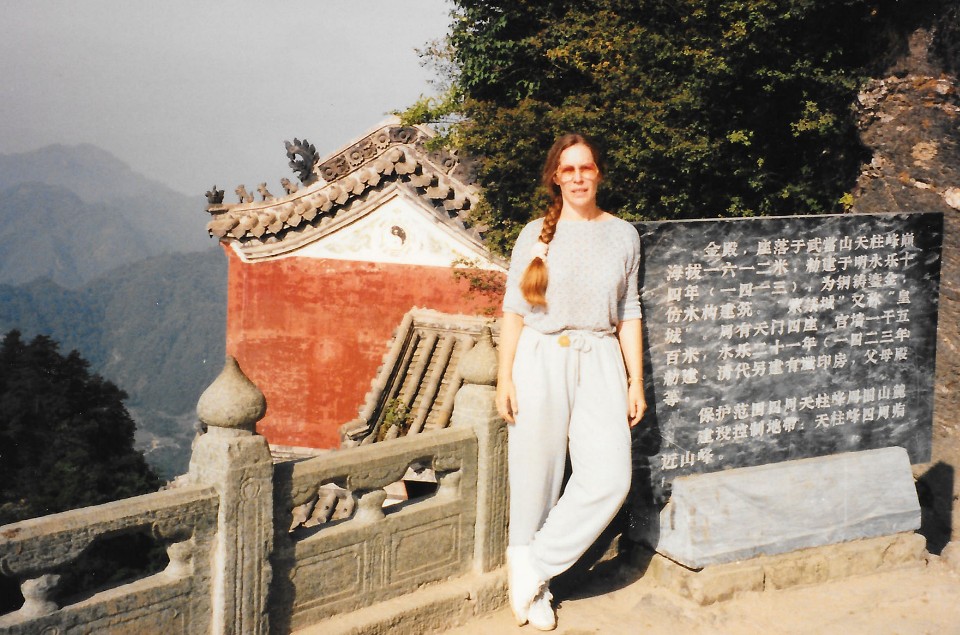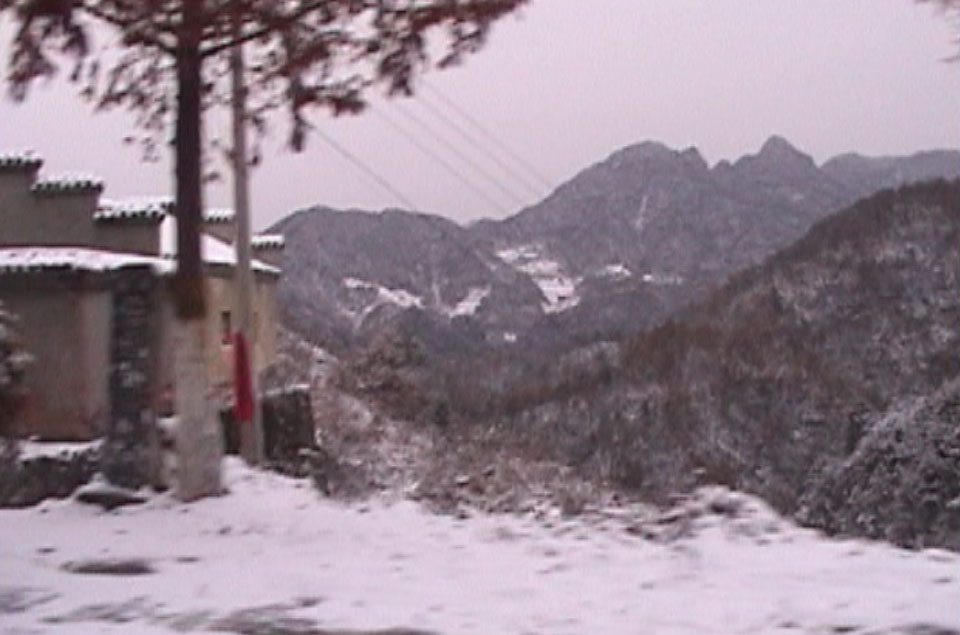
The Five Elements: What is Earth 土?
In Taiji as well as in Xingyi, we pay attention to the 5 elements: metal, water, wood, fire, earth. They combine with the 8 directions to form the 13 postures of taiji. Among the elements, earth is the most pervasive and the most essential.
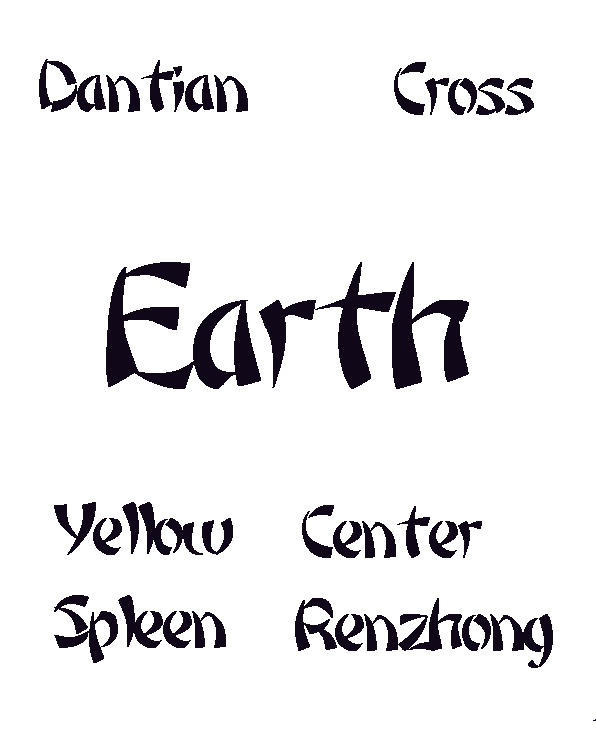
土 Earth represents the principle of centering. In Xingyi, it corresponds to heng quan 横拳 Crossing fist.
In the internal arts, every movement, everything we do includes and contains the principle of centering. When transferring the weight, the body must be centered. When extending, the body must remain centered. The mind, too, must remain centered.
The corresponding center is the (lower) Dan Tian 丹田 also called the Qi Hai (气海 Sea of Qi). In taiji and in traditional Chinese medicine, the Qi Hai is the area from which all others extend and to which they return. Everything returns to center. If left alone, nature will try to restore whatever may have been imbalanced. In practice, we work to find and develop this balance, and the ability to find the center.
Earth is grounded. It’s not impulsive or quick to act. It waits. It prefers not. Not moving. Not doing. It is patient and quiet. Very, very quiet. It is that which is un-moving in movement and which is the core of stillness. In taiji we have an expression, “Be still as a mountain, move like a great river.” Earth is that stillness. It is a deep, pervasive, quiet that very little can disturb.
The corresponding colors and internal organs reflect possible deficiencies and the potential for developing another level of internal workmanship.
Yellow is the deficient color. It is the color of a person’s complexion when they are deficient in the energy that derives from the spleen – they are likely to be more easily set off-balance.
In practice, we cultivate the energy to the spleen with this exercise. The movement actually massages the internal organ and can help develop a level of strength and natural balance.
The acupuncture point – ren zhong 人中 – is the key to the connections in the small heavenly circle.
This point is just below the nose. It connects the ren mai and the du mai – the two channels that make up the small heavenly circle. Closing it during practice is important for this circulation.
Being still is difficult. It requires patience and the ability to let go of those things that tug and pull at us, the little nagging voices that remind us of what we need to do next. Being still requires we stop listening to those voices and only listen to the quiet.
Winter in the mountains after snow is still, and very, very quiet.
